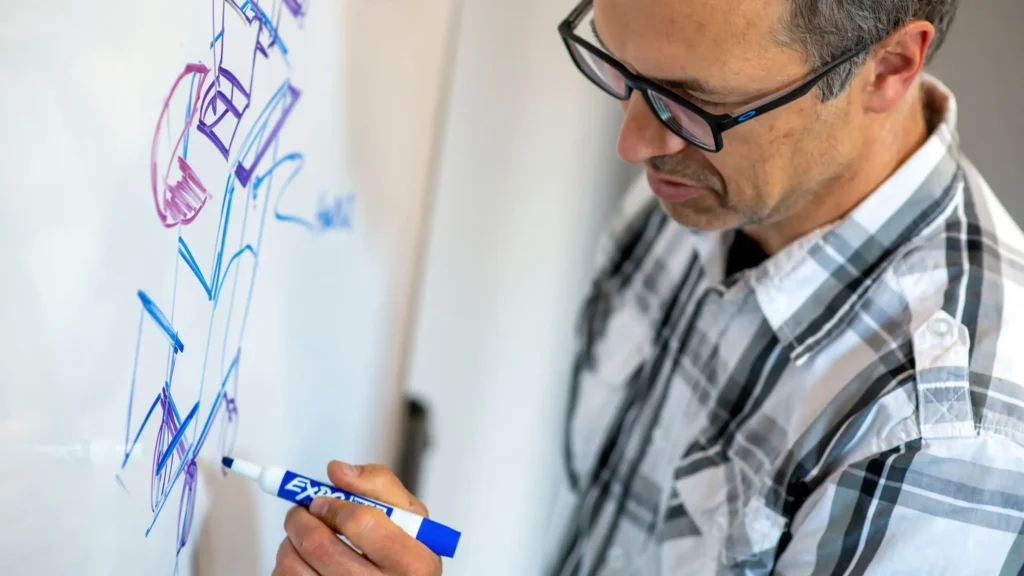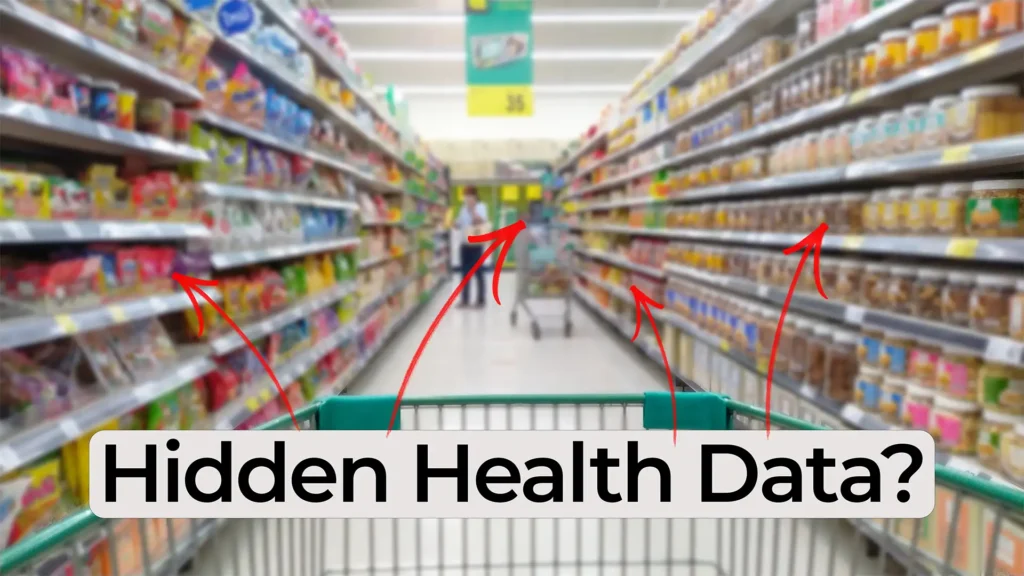
Convection-Enhanced Delivery: Infusing Precision into Neurosurgery
In this episode of MedDevice by Design, we explore how convection-enhanced delivery (CED) is transforming brain-targeted drug therapies. Ariana Wilson and Mark Drlik explain how this specialized method delivers therapeutic agents directly into brain tissue using precision-guided devices for safe and accurate infusion.
What Is Convection-Enhanced Delivery?
Convection-enhanced delivery is a neurosurgical technique that infuses medication directly into the brain. Unlike passive diffusion, CED uses pressure gradients to push molecules more uniformly and deeply into brain tissue. This approach enables better distribution of therapeutic agents to target areas.
Cannula Design
CED requires a rigid yet precise neurosurgical cannula. Surgeons place the cannula using a neuro-navigation system and preoperative imaging, which help chart the safest path into the brain. With over 600 kilometers of vasculature—equivalent to stacking 2,000 Eiffel Towers—avoiding blood vessels is critical.
Once placed, some cannulas become flexible to support long-term infusion and reduce infection risk by routing the tubing away from the wound site.
Navigating the Brain with Surgical Precision
Placing a cannula into the brain is a complex process. Neurosurgeons depend on real-time imaging and navigation tools to avoid sensitive areas. This level of surgical precision is what makes CED so promising for targeted brain therapies.
Enjoying MedDevice by Design? Sign up to get new episodes sent to your inbox.
Related Resources

Most sterile medical devices begin their journey long before anyone thinks about sterilization. Teams focus on function, usability, materials, and suppliers, then discover that sterilization constraints can reshape many of those early decisions.

After years of working with founders and technical teams, I have learned that early design missteps rarely come from engineering flaws. More often than not, they come from missing conversations.

Medtech founders operate with more constraints than most sectors. You are responsible for deep technical problem solving, high-stakes decisions, regulatory navigation, investor conversations, and a constant stream of operational tasks.

Consumer health prediction shapes more of daily life than most people realize. In this episode of Bio Break, Nick and Nigel explore how retail data can reveal health information without a person ever speaking to a clinician.
